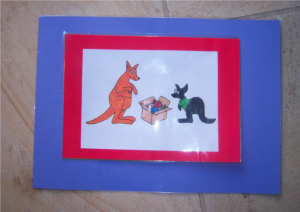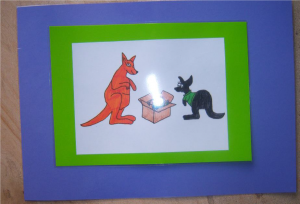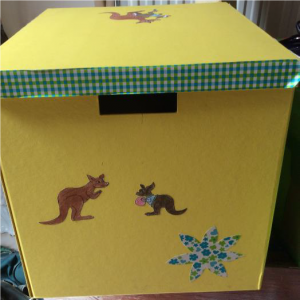P2G as prevention and intervention
You can implement Playing-2-gether both as a preventive strategy and as an intervention. In prevention, the focus is on improving the quality of the teacher-child relationship for all children in the classroom. Therefore, you can practice Playing-2-gether with small groups of children and change the composition of these groups as you go. In intervention, you can focus on a child with whom you don’t feel a good connection with. In our Erasmus+ KA2 project, we focus on children with whom the teacher does not experience a good connection or relationship (e.g., children who exhibit challenging behavior according the teacher). Playing-2-gether can be used as a strategy to improve inclusion of these children in preschool.
Do you want to know more about the Playing-2-gether skills? Go to section Playing-2-gether skills
It is important that you reflect on your implementation of the Playing-2-gether skills. Want to know more? Go to section “stories”.Also go to section “How to learn P2G”
Organisation Of P2G In The Class
Are you playing with only one preschooler or more
- That depends on your focus.
- If you want to try out the Playing-2-gether skills, you can focus on any child. For example, you play on the road rug and imitate the behavior of just one child. If you notice that this child does not like this, you can imitate the behavior of another child in the course of the activity. Nevertheless, it is always important to pay attention to all children and not ignore other children. Maybe you can connect the children to each other?
- Other children may also be playing in the corner where you are practicing Playing-2-gether. They can also join in. You can change your focus to other children if you want to.
- You don’t always have to do Playing-2-gether with the same children. You can practice any skill with other children.
- If you want to focus on building a qualitative teacher-child relationship with a child with whom you experience difficulties, it is important that you schedule Playing-2-gether regularly with this child. You can choose to work with this child alone, or in small groups of children. You will then mainly focus on your bond with this one child.
What is the best time to Play-2-gether?
- The best thing to do is to schedule Playing-2-gether into the weekly or daily school timetable, preferably during free play moments. You will consciously try out one or more Playing-2-gether skills in a specific corner of the class room. See further for more information about the corners or activities that are suitable for Playing-2-gether.
- Playing-2-gether skills such as observing, labeling feelings and taking into account relational needs can occur throughout the entire day. Do not limit yourself to the scheduled Playing-2-gether moments.
Where in the classroom should Playing-2-gether take place?
- If you apply Playing-2-gether when you are the only teacher in the classroom, you create a well-defined and central spot in the classroom. This way you can oversee the other children so that intervention remains possible and you can still focus on one or more children. If the children experience the teacher as sufficiently present, there is less chance of being disturbed.
- Instruct the children to first help each other before disturbing the teacher. You can also use pictograms, cuddle toys, to support such agreements. For example, when you wear your scarf or when the bear is on the chair, children know that you are busy playing with certain children and that, if they need help, they have to ask other children first.


Which corners or activities are suitable for Playing-2-gether?
- Generally, most play is suitable. The most important thing is that the child likes to play in that corner or play that activity.
- However, some classroom activities, such as storytelling or gymnastics lessons, are less suitable for Playing-2-gether, as Playing-2-gether focuses on one-on-one interaction.
- Even playing outside, in the sand pit, or role play are good options to practice Playing-2-gether.
- Make sure you take a good look at the interests and needs of the child(ren)! Make sure that interaction is possible. Avoid activities that are too difficult and also too passive or individual such as solving puzzles, looking at picture books, …, unless the child explicitly asks for this.
- If children have difficulty choosing what or where they like to play, you can restrict the choice by a Playing-2-gether box, with changing content. The child(ren) can choose the toys which are in this box.
